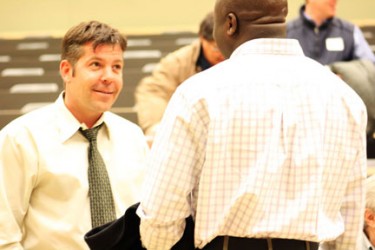Article Origin
Volume
Issue
Year
An oil sands site in Northern Alberta is only months away from being preserved as a historical site after more than one million artifacts from Canada’s First People were found. Spear points, knives and stone flakes were all remnants from thousands of years ago, that archaeologists have found in an area 75 km north of Fort McMurray. The location is also referred to as The Quarry of the Ancestors. “We are pretty much at the finalization stage. It shouldn’t be long now,” said Darryl Bereziuk, northern archaeologist for the province of Alberta. A team of archaeologists has been pushing to make the quarry, which sits on the traditional land of Fort McKay First Nation, a provincial historical site since it was discovered in 2003. During that time, the area was approved for a historical resource impact assessment by the province. It didn’t take long to discover the quarry was the source of something special. Some of the tools found were carved from Beaver River sandstone, a stone that has been found at several sites in Saskatchewan and Alberta. The source of the stone was a mystery, until the Quarry of the Ancestors was discovered. Bereziuk confirmed that Beaver River sandstone originates from the quarry, which researchers predict was occupied by Canada’s First People 10,000 years ago. Before the Alberta government can approve the area as a historical site, surrounding First Nations and industries must be consulted in order to come to an agreement on the fate of the site. “The thing about this area is it is under fast paced, highly destructive development,” said Bereziuk. “There are some viable oil sands underneath the Quarry of the Ancestors.” Because the quarry is surrounded by rich resources, both Birch Hills Resources and Shell Canada were included in the seven-year process to safeguard the area from any further development. Bereziuk and Brian Ronaghan, director of the archaeological survey of Alberta, provided a lecture on the status of the Quarry of Ancestors for University of Alberta archaeology students on March 9. The lunch hour event was hosted by the Circle for Aboriginal Relations society. It was the most successful turnout of students at the first ever luncheon CFAR has held at a post-secondary institution.
- 2991 views

